The Article
D50s DAC From Topping (Pt.1)
29th June 2021
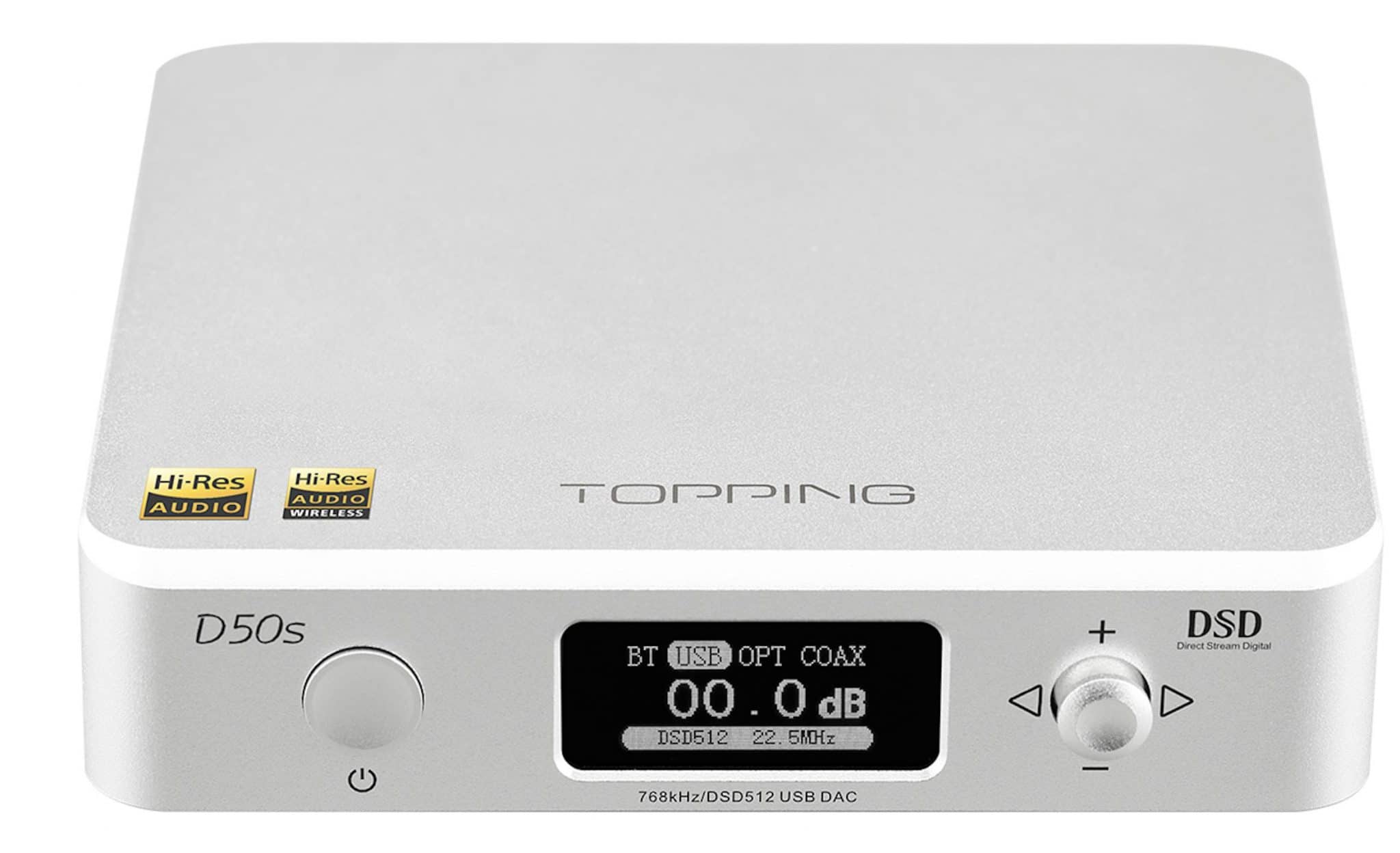
A dinky little DAC it might be but, as Paul Rigby sees and hears, its packed with an array of features
Having already reviewed the Topping E30 DAC (a delightful reading experience that can be experienced via this link), I was intrigued to see just what the company was capable of when a few extra pennies was chucked in its general direction.
The E30 can be bought from Amazon for around £140 while this D50s model will set you back a weightier – if still relativity reasonable – £250. For double the price then, what do you get?
A nicer finish and build quality for one (two?), the D50s does have a luxury feel to it, more so than the E30 with is one-piece aluminium, CNC’d chassis. The chassis of the D50s feels solid, it feels weighty at 519g (including the Bluetooth aerial) instead of the E30’s 265g while the footprint is vaguely similar-ish at 119 x 110 x 260mm instead of the E30’s 100 x 125 x 320mm.
What the D50s does offer is, as I mentioned above, Bluetooth. The sign of which can be viewed via the stubby aerial that screws into the rear. Version 5.0 is included here.
Available in black or silver, the DAC includes a pair of ESS ES9038Q2M SABRE DAC chips running at 32Bit/768kHz PCM or DSD512. The latter in native mode.
Tweakers also need to know that the DAC includes a LME49720 op-amp from TI. This is socket mounted so can swap the op-amp around to play with sonic signatures.
Lifting the unit from the box you’ll note the 5 Volt power cable with a USB termination but no plug. You’ll need to add that yourself. There’s a remote control in there too which will look very familiar to E30 users.
Running across the front fascia, left to right, is a power button, OLED screen and joystick-like output selector. Across the rear is a coax and optical ports, a pair of RCA outputs plus USB 2.0 output, Bluetooth and barrel power socket.
The joystick controller allows you to selection the filter type (see below), the display brightness or switch to auto shut off.
You can decide here whether to have Bluetooth on or off. This is a useful option. When not in use, I turned off the Bluetooth to reduce digital noise.
THE FILTERS
Topping is not alone is offering a selection of user-selectable “filters” and it’s also not alone in keeping them ‘on’ no matter what. You’re unable to switch these things off.
When I came across this issue during my E30 review, just one example, I subsequently shook my fist at the sky and exclaimed, in full Charlton Heston voice, “Ah damn You! God damn you to hell!”
Some readers then stated that the DAC chip itself uses a filter as part of its inherent build. As if that’s an excuse. As if that makes everything ok then.
Any piece of hi-fi equipment features ‘filters’, in that case. You can build a pair of speakers to sound neutral, bright or warm. The parts and design are a form of ‘filtering’ on those terms.
No, I’m not talking about filtering that’s integrated within the inherent DAC chip design here, I’m talking about user-selectable filters which you’re unable to switch off on this unit. I dwell upon this because I’ve reviewed plenty of DACs which don’t even have such user selectable features in the first place. None at all. I’ve also reviewed DACs and Network Hubs in which such “filters” can be disabled. Which is how it should be.
If you have no choice in the matter and you don’t with the D50s, then you need to run through them to make sure you like what you hear.
While I’m on the subject, I wish the word ‘filters’ wasn’t used at all. What we have here are EQ settings or, more aptly, tone controls. They’re subtle tone controls but, nevertheless, that’s what they are.
As for what these tone controls actually do in practice? I can hear the differences and I’m sure many of you will be able to. The effects are subtle, as I say, so just cycling through them over a period of 15 seconds is not a great idea if you want to hear those differences.
If you really can’t hear any differences? Fine, just listen to your music and forget everything I’ve just said and get on with your life.
CYCLE YOUR FIR
For the rest? I’d recommend living with each “filter” for a while, get used to it, then move to the next one. The remote control features a useful control called ‘FIR’ which cycles through each “filter”. Make a note of your favourite and move through the list comparing your favourite with the next one in the list.
In general terms? My favourites were those with the word ‘slow’ in them. The rest resided in various stages of being ‘bright’. I chose No.4, the ‘linear phase slow roll-off filter’.
And yea. Those names. Names from academia which mean absolutely nothing at all to most people and have no place in the consumer market. They should be banned, trodden on, burned at the stake and filled with trans fats until they all die of a heart attack.
They will and do scare the technophobes amongst us and many other ordinary hi-fi fans out there. They scare me, let me tell you!
They were all obviously made up by some bored digital boffin, on a wet Wednesday, in the dark recesses of his lab because he’d drank too much coffee.
Imagine. Imagine walking into your local supermarket and accosting some poor bloke at the frozen food section and asking him if he knows what ‘apodizing fast roll-off filter’ means.
What would he say? Maybe, “Sorry mate, haven’t got a clue. Have you tried the Gluten Free section?”
Apart from recommending that you steer clear of any filter listed here with the word ‘fast’ or ‘brick’ in the title, I also would avoid the Single Malt Hypoallergenic Pickled Gynaecologist filter which adds, as I’m sure is wholly obvious by the name, a dash of extra treble. Nor would I recommend the Double-Handed Cross Court Paranoid Carburettor Trousers filter because, beside it adding a breath of extra bass, it’s also the name of my new Captain Beefheart tribute album. My lawyers are already on the case.
SOUND QUALITY
I started by hooking up my Audiolab 6000CDT CD transport to a coax cable and testing that part of the D50s with a slice of Alison Moyet from her Sony Best Of album and the ballad Almost Blue, an Elvis Costello composition (a useful test track but a poor performance because Moyet sounds a little too much like Elvis Costello, in my opinion), featuring muted trumpet, piano, string backing and low-key percussion. I brought in my Topping E30 DAC for comparison.
TOPPING E30
The D50s should be superior but was it? And if it was by how much and in what way?
As good as the E30 is for the price – and it is – the D50s shows obvious sonic superiority within the first few seconds of this track.
Firstly, the D50s provides a low-noise playback that allows shy and subtle details to emerge. Minor resonances from the piano, for example, the sort of stuff that hangs around the bulky chassis of the instrument, could be picked up here.
Next was the extra space around the soundstage which gave the music a new-found sense of relaxation. The music was wholly at ease. In comparison the E30 had a tense, rather hunched shoulders approach. The D50s sounded confidant, by comparison.
The new-found air and space around the midrange also enhanced the clarity giving the midrange an organic feel to the muted trumpet.
Also, something I noted when playing the E30, Moyet’s vocal sounded a little bloomy. As if her voice was hitting a low ceiling and was bouncing back into the room. The D50s extended the dynamic reach of the mids which added a naturalistic texture to her delivery, enhancing emotion in the process.
In bass terms, the bass guitar offered greater focus while the bass notes from the piano had weight and mass and gave the song a new sense of gravitas.
SONCOZ COMPARISON
I then moved to the more expensive Soncoz LA-QXD1 which was also sonically superior to the E30 via coax and showed an obvious maturity in presentation terms.
I initially thought that the Soncoz was the more neutral and balanced between it and the D50s but, after listening to the pair for a while, that neutrality turned out to be a slightly dry presentation. It was spare and minimalistic compared to the D50s which offered a richer and more information-filled presentation.
The vocal was both emotional from the D50s but also brimming with detail while treble, via cymbal hits were more lively and organic in their approach. The Soncoz could be a little barren by comparison. A touch lifeless when sitting alongside the D50s.
What the D50s offered was a more naturalistic tonality here. The D50s offered a greater sense of character, it translated the personality of the piano, the essence of the trumpet and the nature of the bass guitar easily while the Soncoz struggled a little.
Speaking of bass guitar, that organic sense of play benefitted bass which was never chrome-plated or harsh but more naturalistic while resining structured.
I moved onto the USB port and drafted in the iFI Zen DAC as a comparison.
IFI ZEN DAC
I played Eric Bibb’s Meeting at the Building at DSD128. A jaunty, jolly affair with a busy soundstage full of secondary percussion, accordion, acoustic guitar and choral vocals to create a melange of musical noise.
The Zen DAC is a bit of a USB specialist and it shows here. The D50s struggled to keep up with the Zen’s inherent clarity and midrange insight. The Zen also created 3D image around the stereo image that added depth to the soundstage. Instrumental separation – that sense of space sitting in between each instrument – was more pronounced via the Zen too.
The D50s may have wilted under the blows but it did put up a good fight, nevertheless. Upper midrange performance was good via both the acoustic guitar and banjo. String plucks were notable by their definition while the chorus of vocals were both emotive and sensitive in their delivery.
Bass was also admirable as it offered a good foundation for the track as a whole, providing a sense of forward motion. It never slouched of bloomed or dragged but added momentum to keep the beat thing along nicely.
I then turned to Mercy Mercy Me for Marvin Gaye, sent to the D50s via Bluetooth and was pleasantly surprised at just how good this stream sounded.
Yes, this was a lossy file I was playing but, even so, the output was open, clear and never bright or metallic in nature. In fact, I mentioned instrumental separation above. That element of the soundstage struck me here as the soundstage offered a broad and spacious presentation.
The secondary percussion including bells were notable in being well behaved and disciplined while the rather shy rhythm guitar took a fuller part than usual in the mix, adding richness and complexity.
CONCLUSION
A compact and fully featured DAC with an easy-to-use interface, this well-built little unit provides an overall excellent level of play across its inputs. Sure, the Zen DAC proved a stout test on the USB front but that machine doesn’t offer coax or optical options or even Bluetooth. The D50s does. You need to bear that in mind.
As it is, the overall level of sound quality from this Topping DAC is excellent, providing superb value for a general hi-fi set up but its tiny footprint will also make it viable for those who want to you use for a near-field, desk top set up or for those who just don’t have the space for a large-scale hi-fi chain.
It’s at this point that I’d normally give this box a rating, list the contact details and wave you all good bye for now but this review took a strange left turn that prevented me from moving on to the next hi-fi product. I’ll talk more about that in part two of this review. Click HERE to read Part 2 of the review.

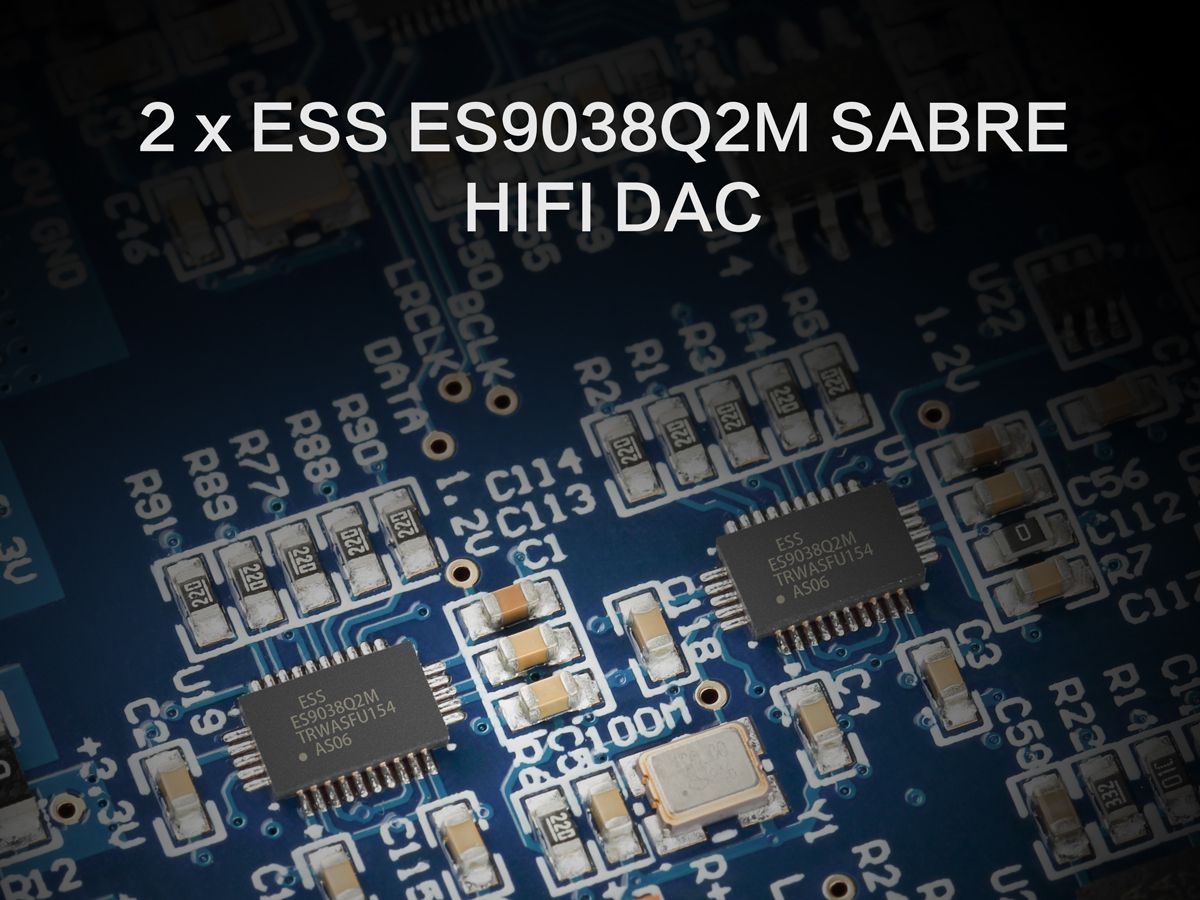
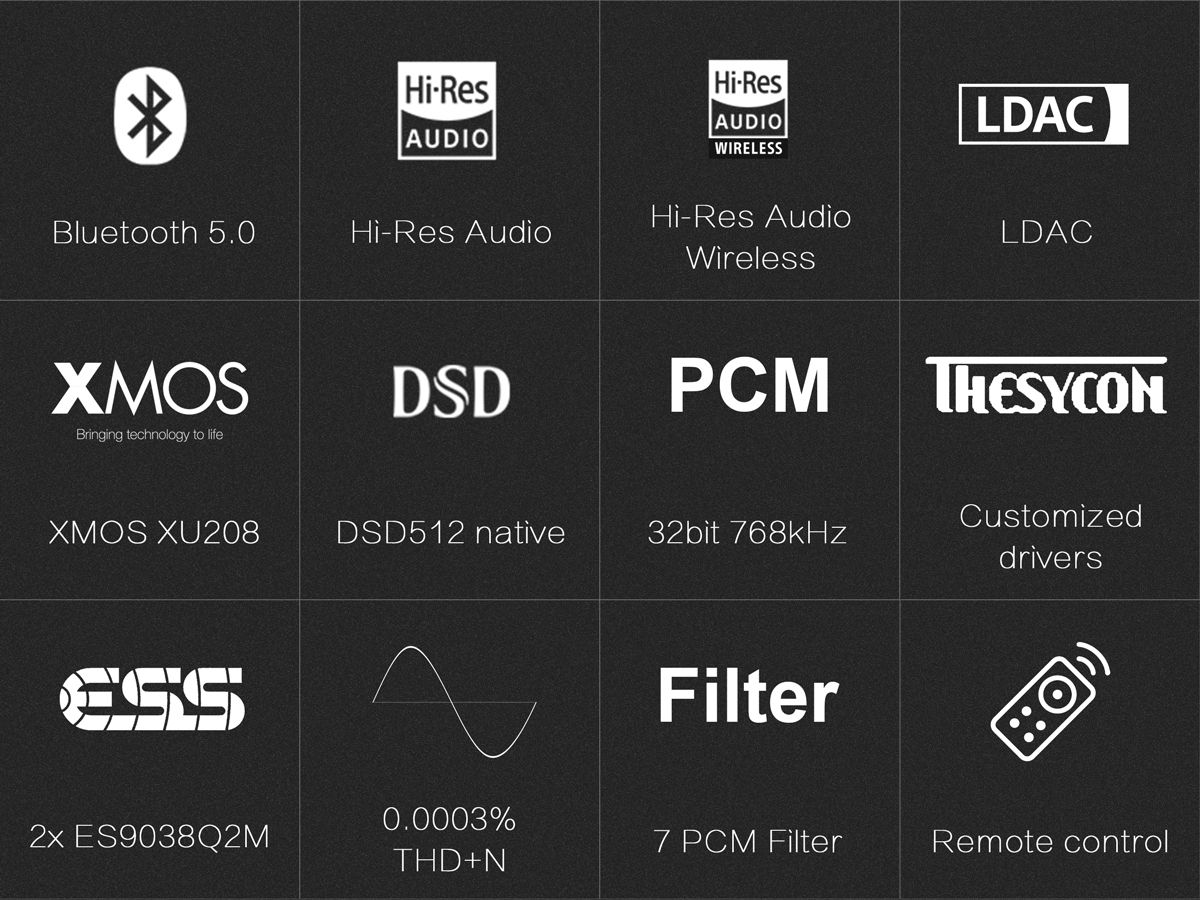
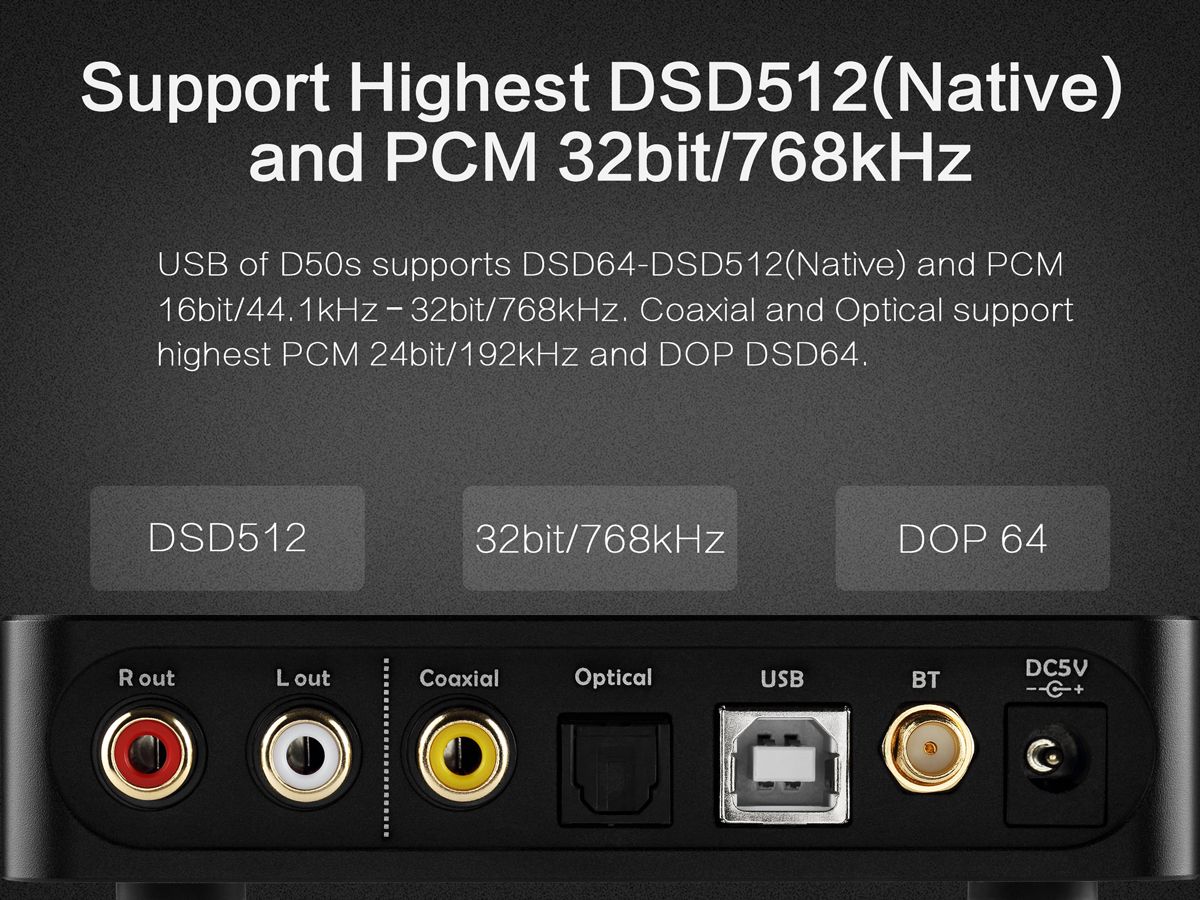
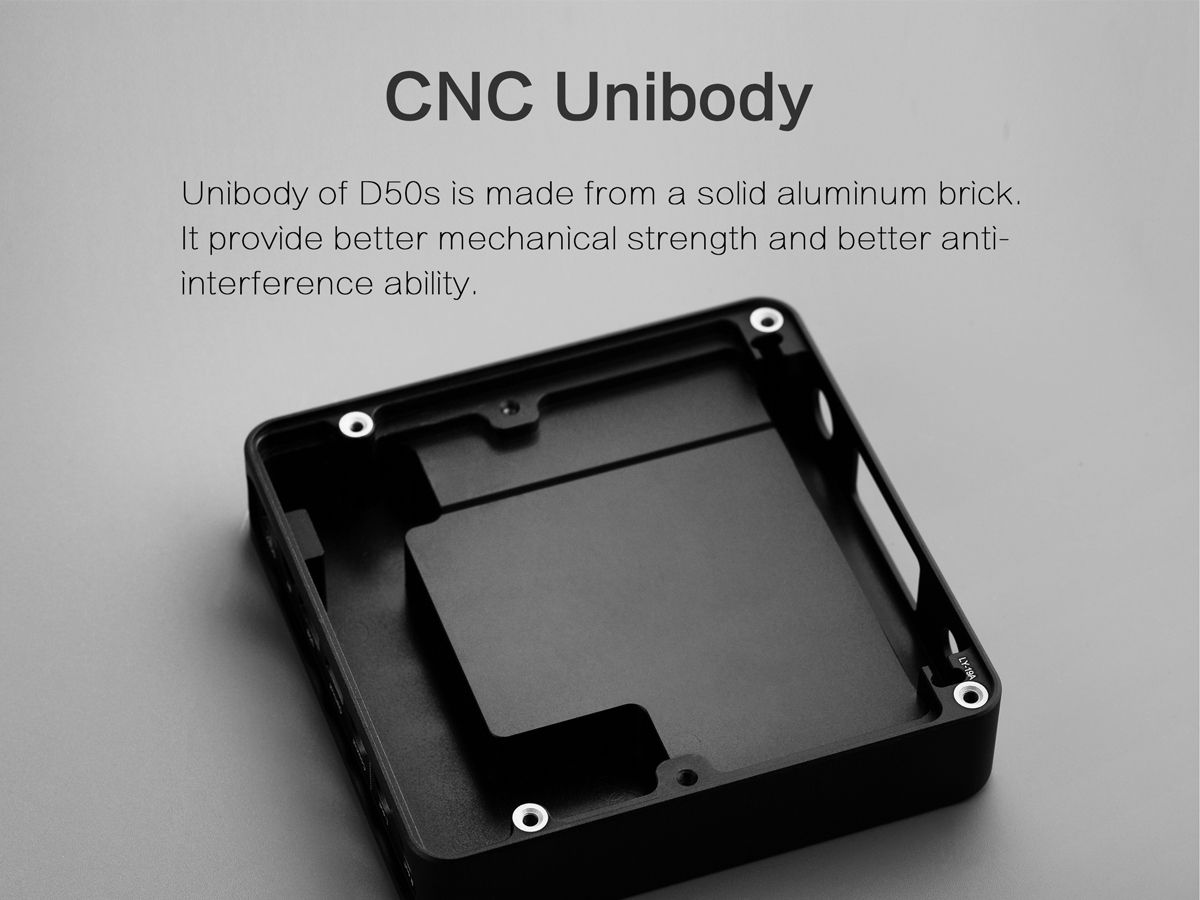
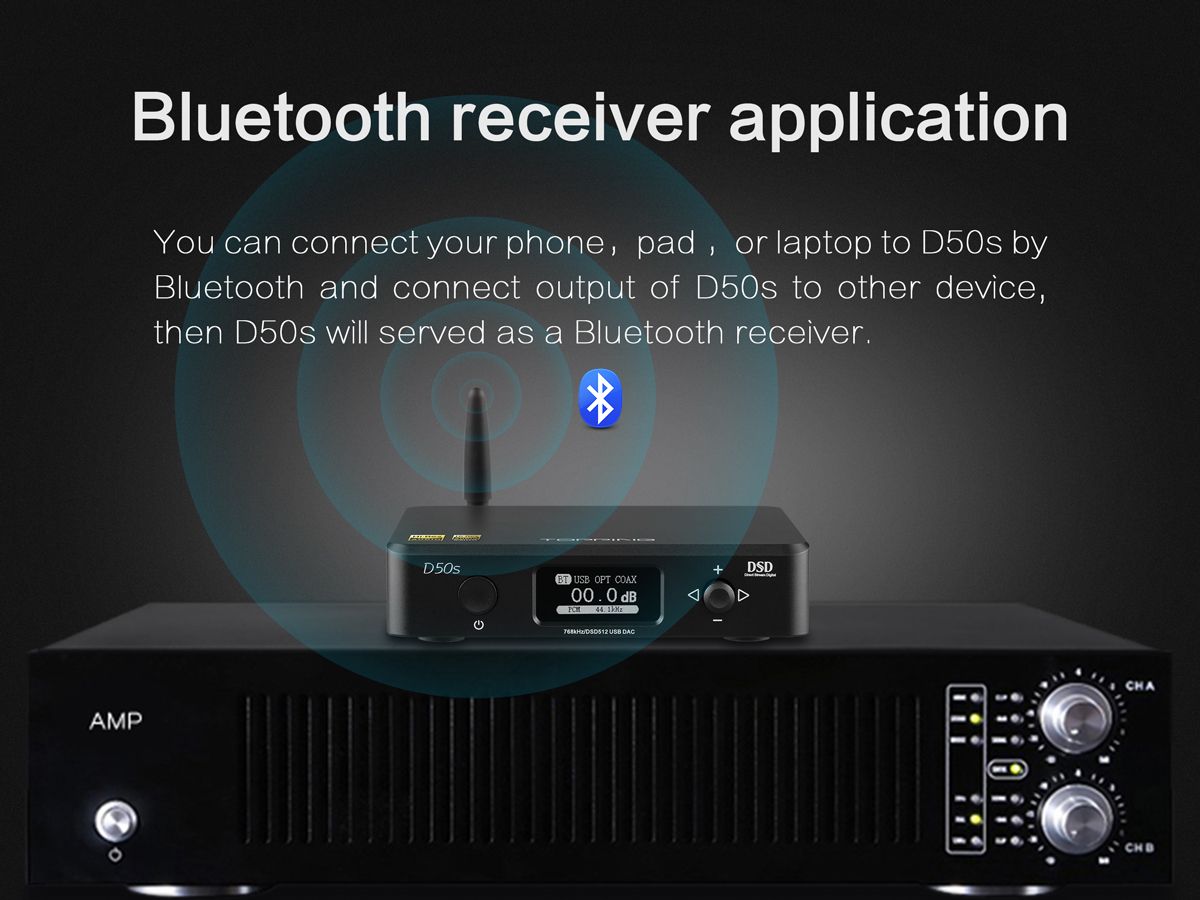
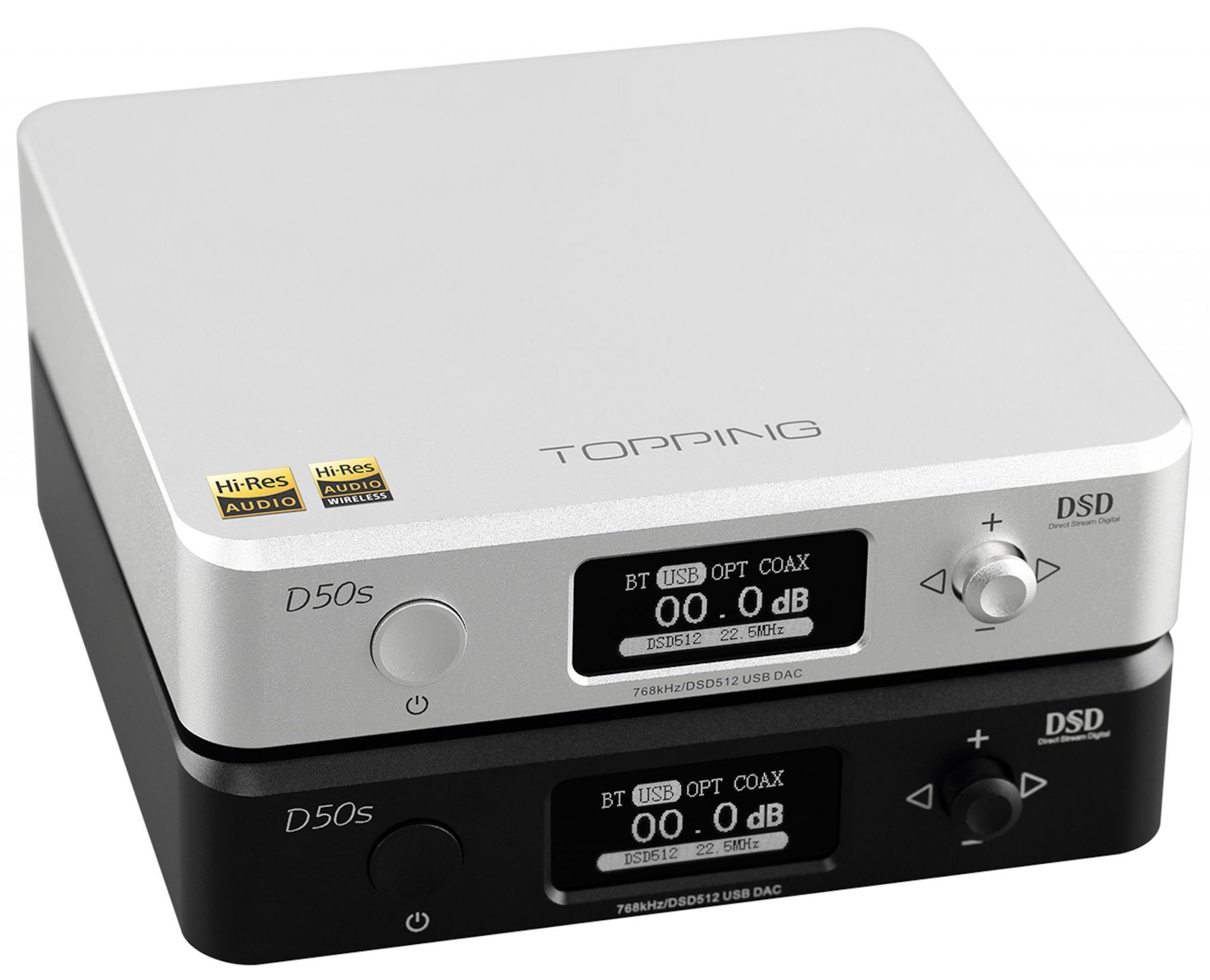
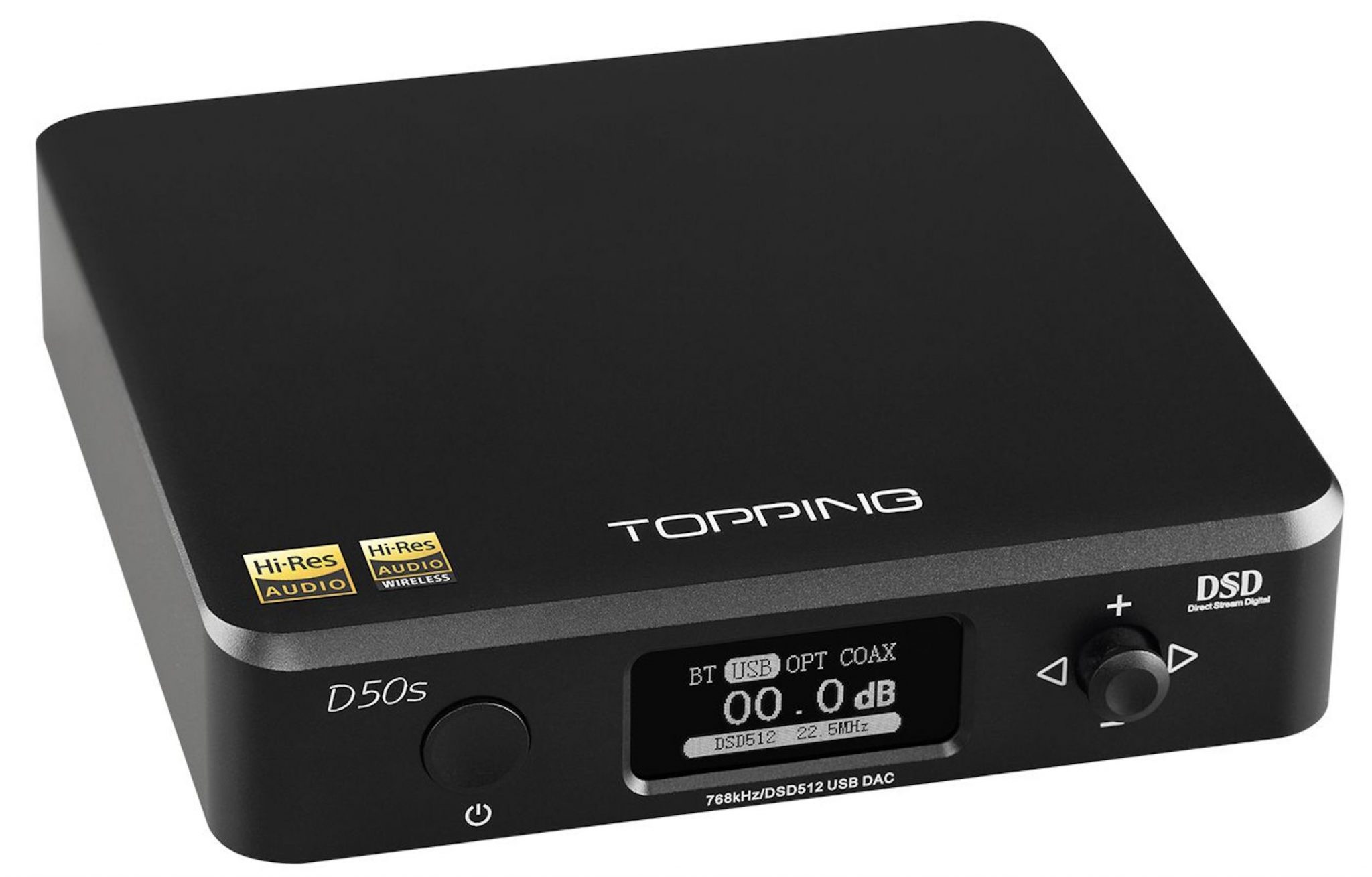
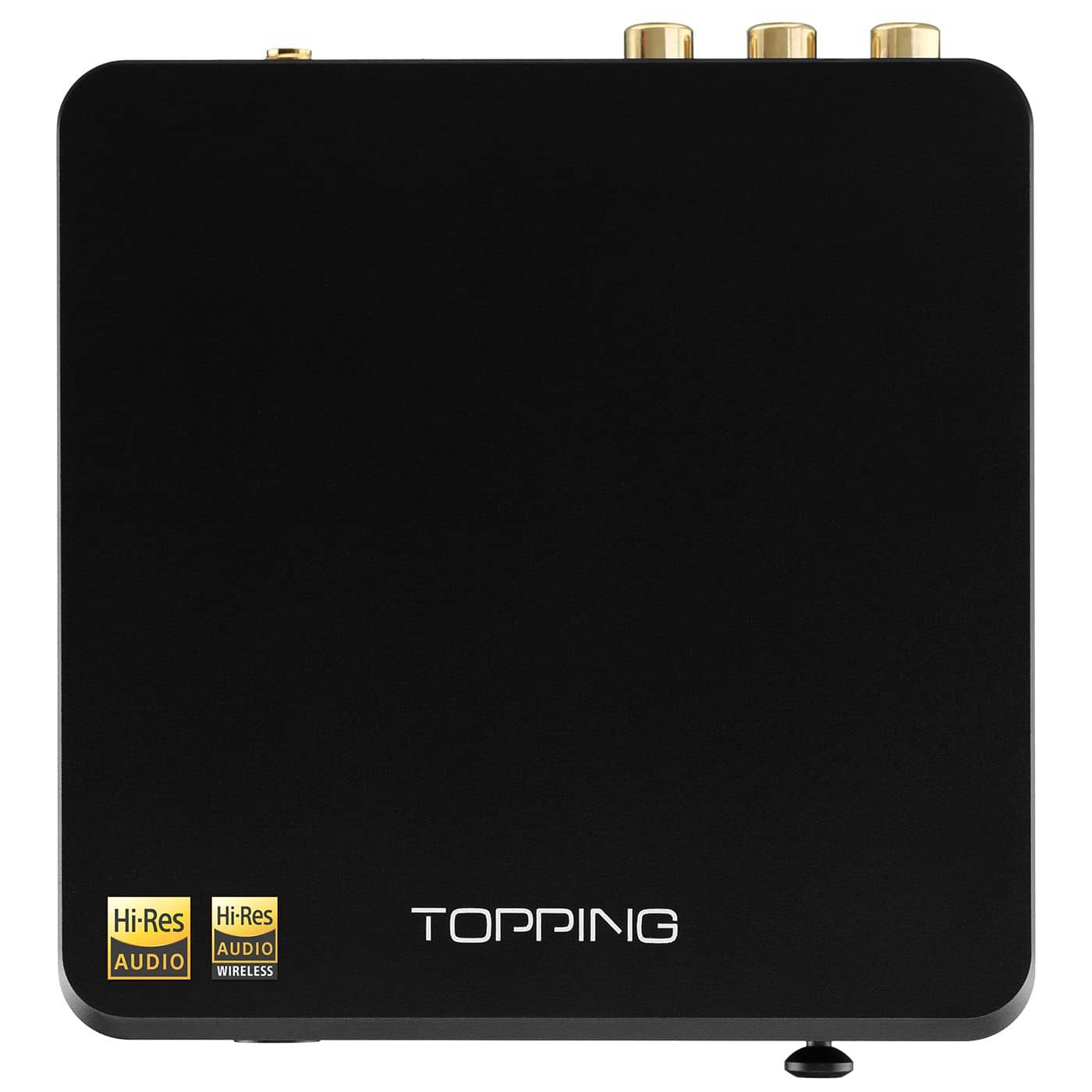
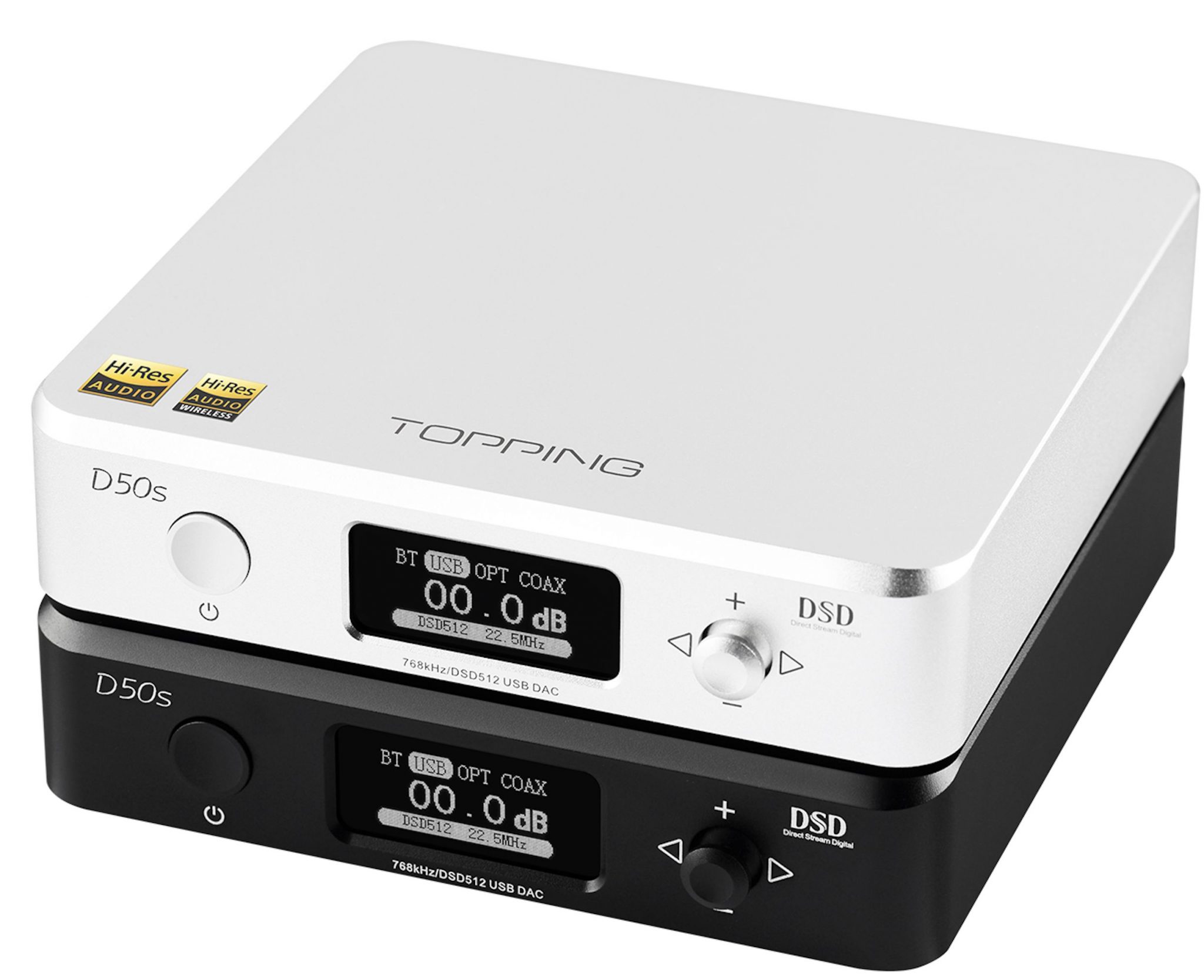
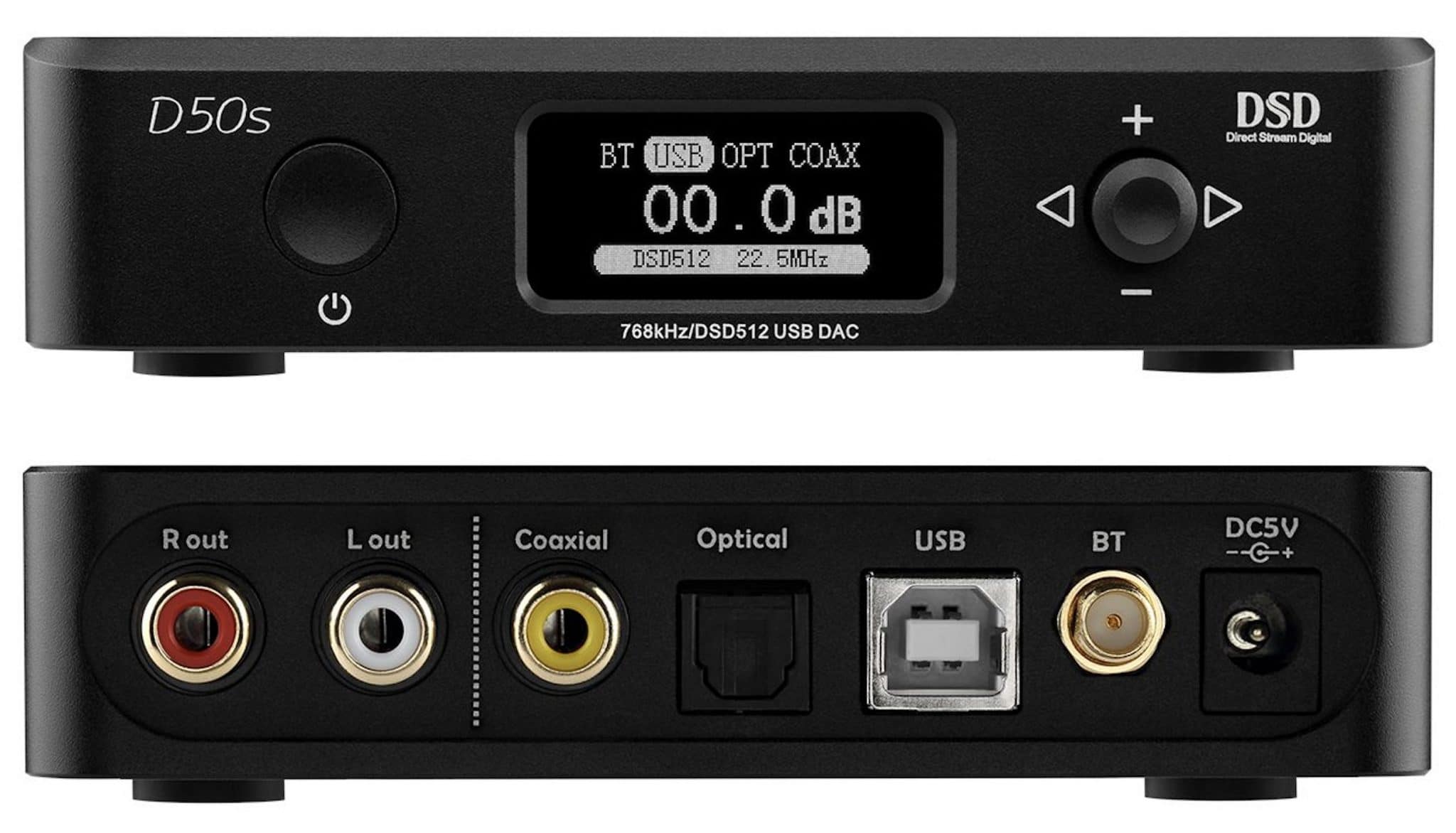
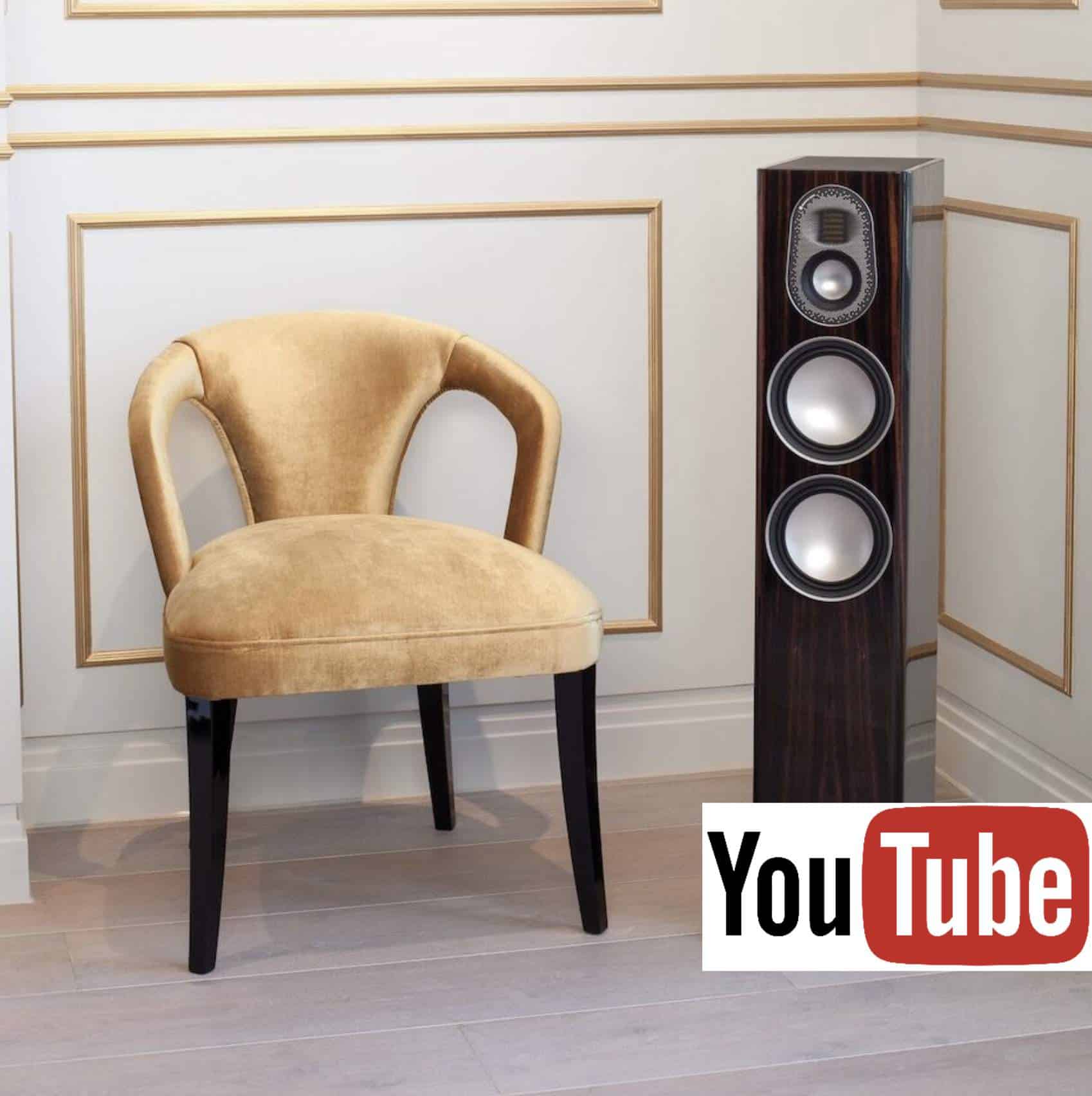
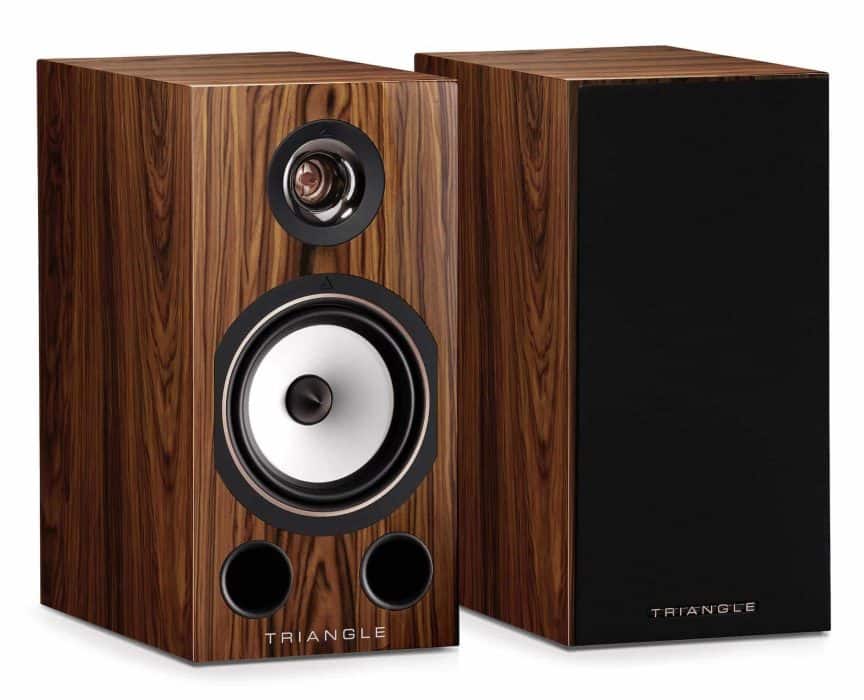
“I‚Äôll talk more about that in part two of this review” ‚Ķ… and I guess I know why, Paul…. and rightly so…. thanks for your effort. It’s really worth reading…
Many thanks, Guido 🙂
Paul I’m sorry but you are making yourself look foolish. You can’t have a DAC without a filter. The reconstruction filter (sometimes called anti aliasing filter) is used to turn digital data into a smooth waveform and remove frequencies above the Nyquist frequency. A DAC without any options usually uses a linear phase, fast roll off filter. You can’t turn it off…you are probably thinking of over sampling.
At least makes like Topping give you some options which vary the impulse response of transients and this is NOT a tone control. That would affect only SOME frequencies.
You really need to do a bit more research…
I didn’t say that you could, Steven. I actually addressed that issue in the text. What I object to is the gamut of additional filters that are part of an unavoidable user-selectable list that are not present on a host of other DACs that I’ve also reviewed and that over complicate and scare many consumers. Especially via their wholly ridiculous name tagging.
linear phase, fast roll off filter is filter number 5, a great one for pop and rock
With respect Paul you said you wished you could turn the filter off…this is impossible. Also the ‘gamut’ of filters are just options…and choice is a good thing. They ARE avoidable..you just leave it on the default! Plus the ‘ridiculous’ name tagging just explains what the filters are doing. Your problem if you don’t understand what it means…..
If I worded my statement incorrectly then I apologise. And choice is only choice when options are not forced down people’s throats. I should have the ‘choice’ to not have the other so-called filters in my face in the first place. And I’ll just let the “Your problem if you don‚Äôt understand what it means‚Ķ..” comment sit…right…there. Thanks for that Steven. That tells me everything I needed to know.
“Your problem if you don‚Äôt understand what it means…” sorry, this is not the way we should talk to each other… not here … not anywhere…
I have to say, it was perfectly clear to me that Paul is talking about user selectable filters, that are not part of the DAC and, which cannot be turned off so, you have to select one whether you like it or not.
My Pathos Converto Mk2 (I know it is not price comparable) has no such filters and, neither does it need any.
Of course your DAC has a reconstruction filter, as Steven pointed out, every DAC has one, they just don’t tell you about it. Because it’s technical, and most consumers are apparently scared by technology. This one just has several different reconstruction filters and you can choose the one you like best.
By the way, if you could turn the filter off, you would not like that at all. Anti aliasing is not a pleasant sound, it’s like the worst digital distortion you can imagine.
Well, about filters… well, l’ve this DAC grabbed last novenber (or was december? i don’t remember but it’s not important). Before grabbing it i done some searches on Internet about reviews, and so on.
Well, all of theme hacve a section about filters, off course
And all authors preferred filters was (and are, you are the first one that like 4th filter… or, maybe, i can miss newest reviews that have it as better one) different.
Well, it’s normal: different ears, different souces, different amplifiers, different loudspeakers, different rooms.
But it’s amusing, really funny 😀
(i’ve not a preferred one, mostly depend on music)
The 7 filters causing a stir in this review are no doubt the 7 included in the ES9038 DAC IC itself. A filter is required in the DAC, as other commenters explained. The response curves of the 7 choices can be seen on pages 55 and 56 of the ES9038Q2M datasheet, which is easy to find by searching the part number.
The common feature of these filters is that they only differ above 20kHz. They are far from being tone controls. Unless there is aliasing in the amplifier or other downstream equipment, none of the filter choices make any audible difference. Selectable filters are a marketing decision to provide options that will be perceived as a selling point to potential customers. Unfortunately, the plan has backfired in the case of this review. The filter options are as useless for playback as 32 bit resolution or sample rates above 48kHz. However, I’m sure this is a great DAC despite excess features (independent measurements are elsewhere on the web). The inaudible filters, 10-12 bits of each sample buried in the noise floor, and the extra 720kHz of redundant sampling are not reasons to take offense. Simply ignore the excess brought by the marketing department and enjoy.
I’ve already answered this one via your direct message.